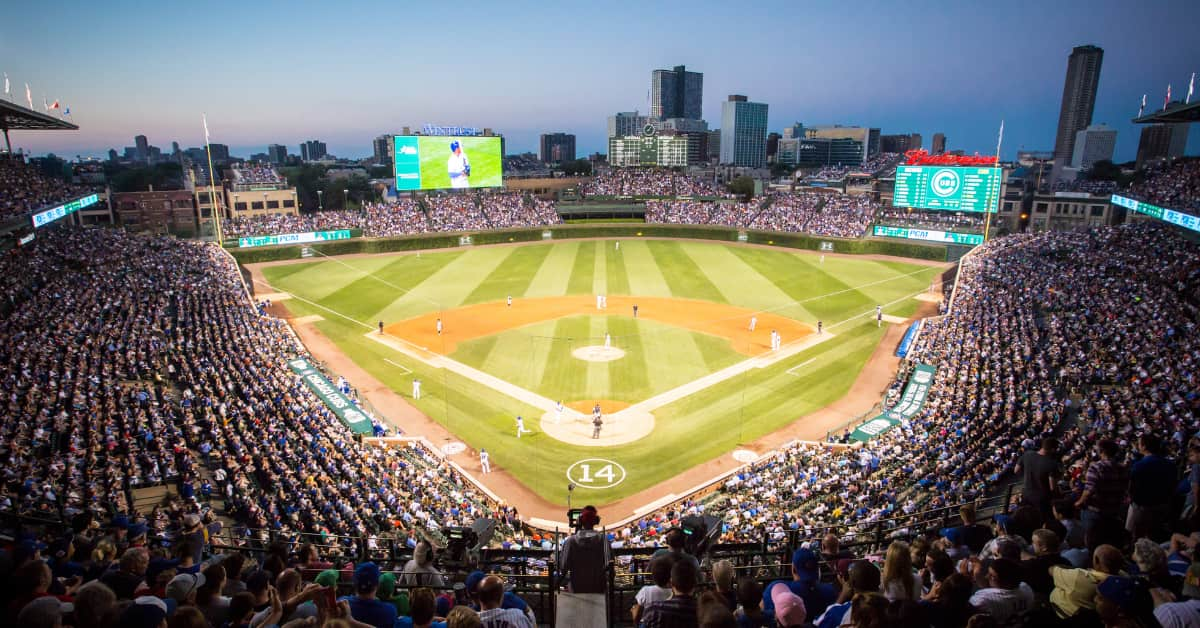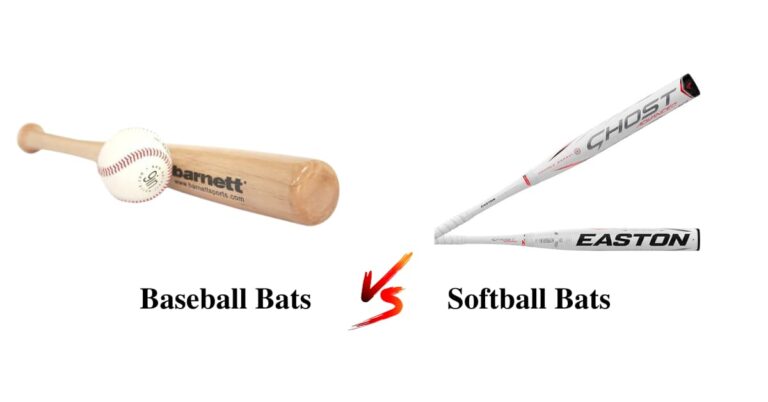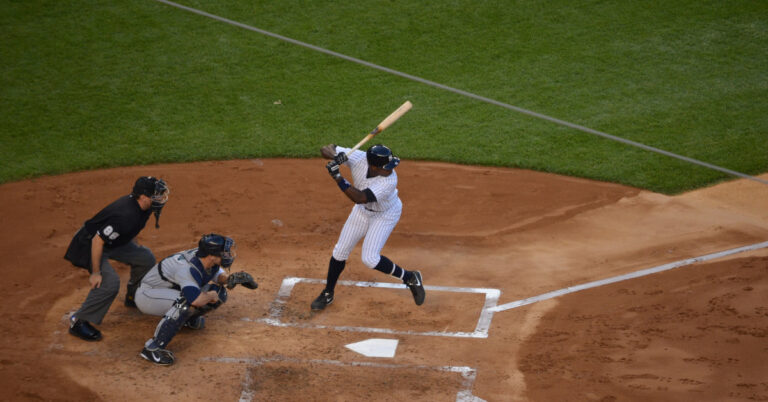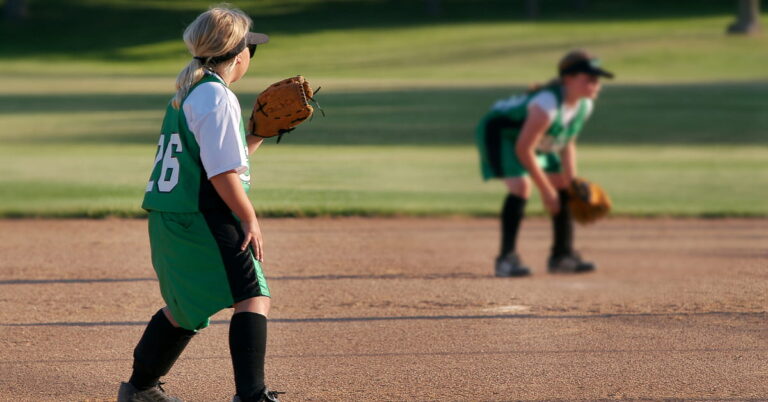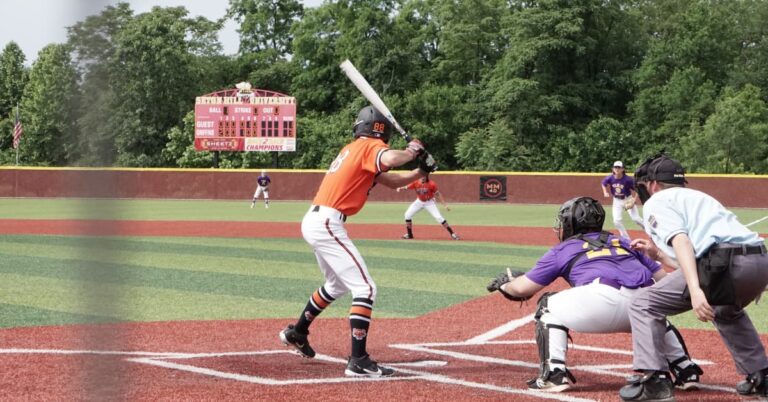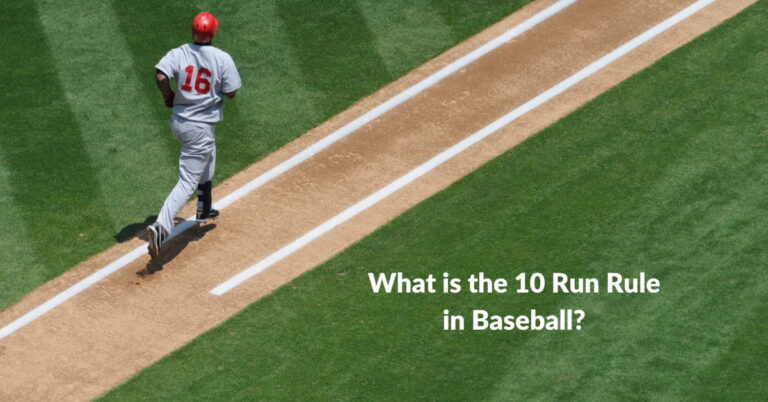Why are baseball fields different sizes?
Ever wondered why baseball fields come in various sizes? The dimensions of baseball fields can vary from one stadium to another, and there are several factors that contribute to these differences.
In this article, we will delve into the reasons behind the varying sizes of baseball fields.
Baseball fields different sizes
The different sizes of baseball fields are influenced by a range of factors, including city block limitations, local traditions, historical reasons, gameplay strategies, and rules and regulations.
Each field’s unique size and features add character and excitement to the game. Creating memorable experiences for players and fans alike.
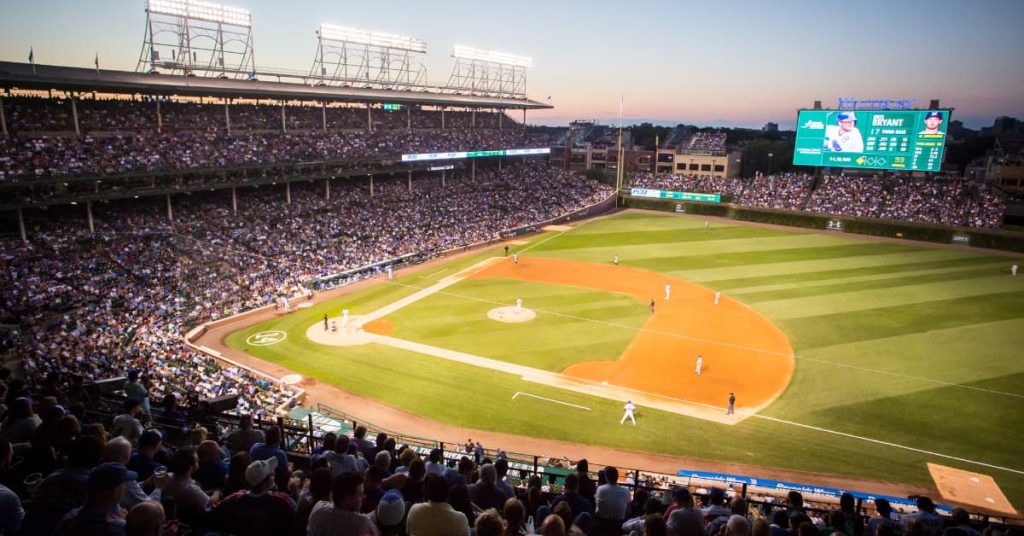
City Blocks And Fence Heights Vary
The dimensions of baseball fields can be influenced by the size of city blocks and the heights of fences. Since baseball stadiums are constructed within existing urban spaces, the available land determines the overall size of the field.
Fence heights can also vary based on local regulations and the architectural design of the stadium.
Local Tradition
Baseball fields often reflect local traditions.
These traditions can be seen in the unique features of stadiums like Fenway Park, where its distinct shape and the iconic “Green Monster” in left field have become cherished aspects of the ballpark. These local traditions contribute to the character and identity of each stadium.
Fenway Park’s Unique Shape
Fenway Park stands out among baseball stadiums due to its unique shape. The irregular dimensions of the field, including the Green Monster, were shaped by the limitations of the surrounding city blocks.
The iconic features of Fenway Park have become a beloved part of baseball history.
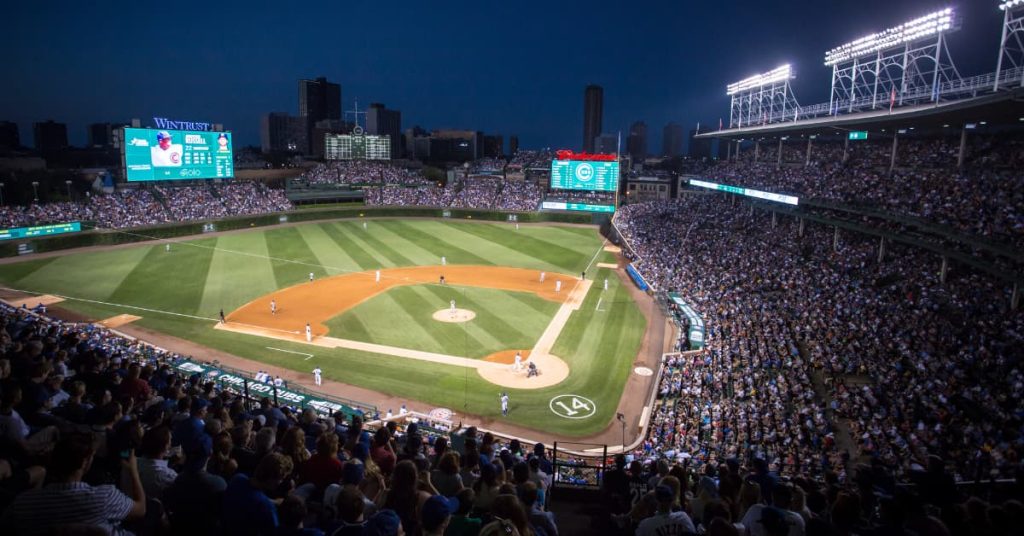
Right Field Is the Most Variably Fenced
Among the outfield areas, the right field often exhibits the most variation in fence distances.
This can be due to factors such as architectural constraints or the desire to create an interesting outfield layout. These variations can add excitement and strategy to the game.
Historical Reasons
The historical origins of baseball also contribute to the different sizes of fields. Some older stadiums were built with specific dimensions that have been preserved over time. These historical factors add to the nostalgia and heritage associated with the game.
Center Field Has the Same Height as Left Field
In most baseball fields, the height of the outfield fences in center field is the same as in left field. This consistency helps maintain fairness in terms of gameplay and ensures that outfielders have similar challenges and opportunities in catching fly balls.
The Impact of Field Size on Gameplay and Strategies
Field size has a significant impact on gameplay and the strategies employed by teams.
The distance to the outfield fences affects the likelihood of hitting home runs and the ability of outfielders to make catches. Smaller fields may favor power hitters, while larger fields require teams to emphasize speed and defensive skills.
Rules and Regulations Governing Baseball Field Sizes
While there is no universal standard size for baseball fields, professional leagues like Major League Baseball (MLB) have guidelines that outline specific dimensions for certain aspects of the field, such as the distance between bases and the pitching mound.
These guidelines allow for variation within those parameters, adding diversity to the game.
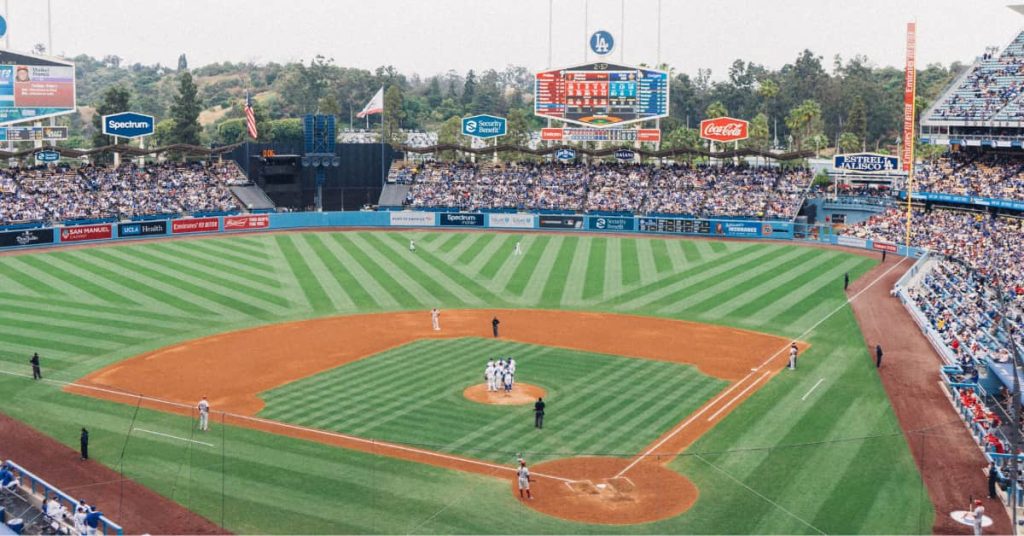
Notable Baseball Fields with Unique Sizes and Feature
There are several notable baseball fields with unique sizes and features that have left a lasting impact on the sport. Here are some of them:
Fenway Park (Boston Red Sox)
Fenway Park is the oldest active Major League Baseball stadium and has a number of distinctive features.
Its most famous feature is the “Green Monster,” a 37-foot-tall wall in left field. The dimensions of Fenway Park are also unique, with a very short distance from home plate to the left field (310 feet) and right field (302 feet) walls.
Wrigley Field (Chicago Cubs)
Wrigley Field is known for its ivy-covered outfield walls and the manually operated center field scoreboard.
The field’s dimensions are also noteworthy, with a shorter distance from home plate to the left field (355 feet) and right field (353 feet) walls, but a much deeper center field (400 feet).
Yankee Stadium (New York Yankees)
The original Yankee Stadium, which closed in 2008, had a reputation for its short right field porch known as “The Stadium.” The current Yankee Stadium, built in 2009, replicated some of the original dimensions and features, including a short right field porch.
AT&T Park (San Francisco Giants)
Now known as Oracle Park, this stadium features McCovey Cove beyond the right field wall. The cove is a waterway where home runs hit over the right field wall can land, providing a unique challenge and potential for splash hits.
Polo Grounds (New York Giants)
While no longer standing, the Polo Grounds was famous for its unusual dimensions. It had a very deep center field (483 feet), short distances to left field (279 feet) and right field (258 feet), and a distinctive shape due to the proximity of the playing field to the surrounding streets.
Minute Maid Park (Houston Astros)
Minute Maid Park features a retractable roof and a center field hill known as “Tal’s Hill.” The hill, which was removed after the 2016 season, added an extra challenge for outfielders navigating the incline while tracking fly balls.
Petco Park (San Diego Padres)
Petco Park is known for its picturesque location near the San Diego Bay and its unique dimensions. The outfield walls are asymmetrical, with a shorter distance to the right field wall and a deeper left field.
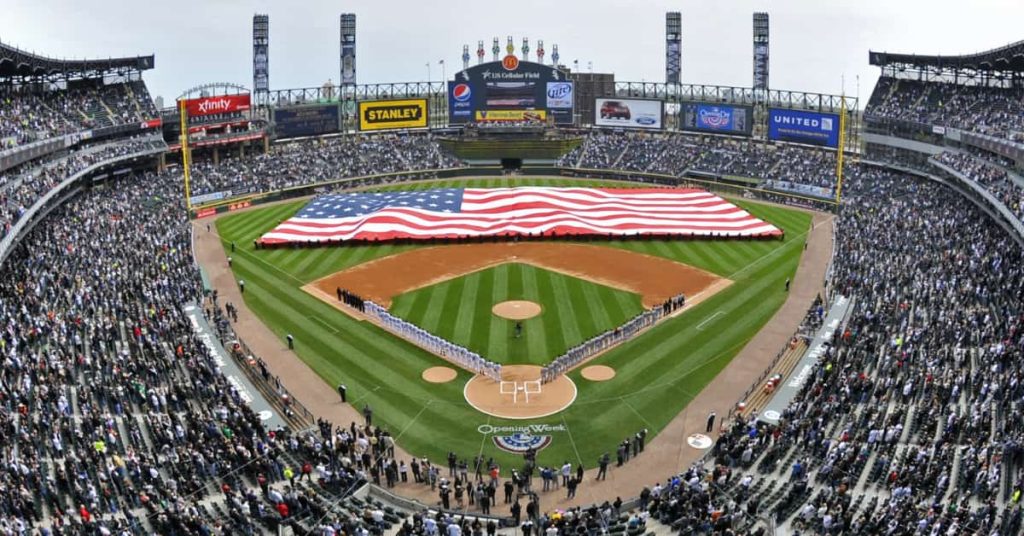
Frequently Asked Questions:
Do baseball fields have to be the same size?
No, baseball fields do not have to be the same size. While there are general guidelines for field dimensions, different ballparks can have variations in their layouts and dimensions. This allows for some unique characteristics and challenges in different stadiums.
What is the oldest baseball field?
The oldest baseball field still in use for Major League Baseball is Fenway Park, located in Boston, Massachusetts. Fenway Park has been the home of the Boston Red Sox since it opened on April 20, 1912. It is considered a historic landmark and one of the most iconic baseball stadiums.
Is a baseball field or football field bigger?
In terms of overall dimensions, a football field is generally larger than a baseball field. A standard football field, including both the playing area and the surrounding sidelines, is 360 feet long and 160 feet wide.
In contrast, the dimensions of a baseball field can vary, but the distance from home plate to the outfield wall typically ranges from around 300 to 400 feet, with varying distances down the foul lines. The infield area of a baseball field is much smaller than a football field.
Conclusion
The varying sizes of baseball fields can be attributed to a multitude of factors, from practical considerations like city block limitations and fence heights to the influence of local traditions and historical significance.
These differences contribute to the uniqueness and charm of each stadium, creating an immersive experience for players and fans alike.
So, next time you watch a baseball game, take a moment to appreciate the intricacies of the field and how its size contributes to the dynamic nature of America’s pastime.

